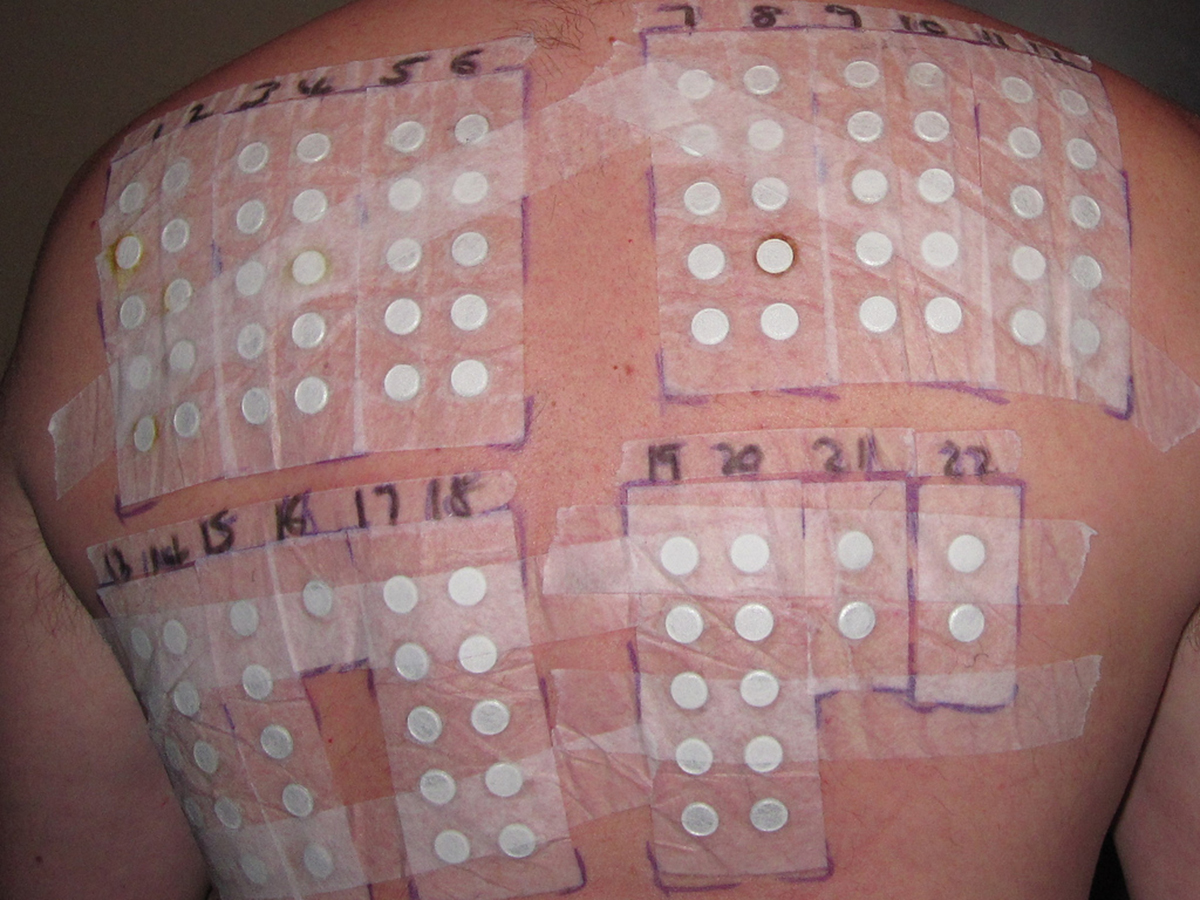Table of Contents
Autumn can be the perfect time to get outside and enjoy the cooler weather. If you find yourself sneezing your way through the fall months, you may think you have to stay indoors all the time. You may feel the other alternative is taking allergy medication that leaves you feeling like a zombie. But if neither of the solutions above sounds good, you’re in luck. There are several things you can do to deal with fall allergies.
Prevention Of Fall Allergies
Prevention is often your best bet to reduce allergy symptoms. Instead of being on the defensive and treating symptoms as they develop, go on the offensive. Consider ways you can prevent allergy symptoms before they start.

Get tested. It may seem like a no-brainer, but you need to identify what you are allergic too. Many people assume they are allergic to a certain substance, but once they are tested, they find it is something different.
Monitor pollen counts in your area. While you don’t want to hibernate all fall, knowing the pollen counts may help you decide if you should limit outdoor activities.
Avoid raking leafs. Raking fallen leafs can cause a release of mold spores into the air. If mold is an allergen for you, raking leafs should not be on your to-do list. If possible, get someone else to do the chore. If you do have to do yard work or rake leafs yourself, consider wearing a mask to filter out some of the particles. An N-95 respirator may be your best bet to filter out mold spores.
Change your furnace and air conditioning filters. You may be spending more time indoors either due to chilly weather or high pollen counts. But if you are pumping pollen filled air into your home, allergy symptoms may soon follow.
Treatment Options For Fall Allergies
Medication Options: Medications are one way to treat fall allergy symptoms. Many types of allergy medication can be purchased over the counter. Most allergy medications contain an antihistamine, which help prevent symptoms from developing. They work by blocking the attachment of histamine to cells.
Allergy medications often come in different forms including pills, liquids, nasal sprays and eye drops. There are also non-drowsy formulas, which may be better for daytime use. Before taking anything, it is best to speak to your doctor since drug interactions are a possibility.
READ Preventing Peanut Allergy: Why You Should Expose Your Child To Peanuts
Consider allergy shots: if your allergies are severe or you don’t want to depend on medication to relieve symptoms, you may want to consider allergy shots. In order for allergy shots to be prescribed, your allergen needs to be clearly identified. Once you know what you are allergic too, small amounts of the allergen are administered to you in a series of shots. The amount injected is not enough to cause symptoms Instead, it is administered to help your immune system get used to the substance and build up a tolerance to it.
- www.aafa.org/display.cfm?id=9&cont=79
- www.womenshealthmag.com/health/fall-allergy-prevention
- news.psu.edu/story/333418/2014/11/05/medical-minute-ragweed-spores-and-bugs-breed-fall-allergies
- Photo courtesy of parrchristy via Flickr: www.flickr.com/photos/14353437@N06/4515249683
- Photo courtesy of parrchristy via Flickr: www.flickr.com/photos/14353437@N06/4515249683
- Photo courtesy of parrchristy via Flickr: www.flickr.com/photos/14353437@N06/4515249683
- Photo courtesy of parrchristy via Flickr: www.flickr.com/photos/14353437@N06/4515249683
- Photo courtesy of Leigh Harries via Flickr: www.flickr.com/photos/leighharries/5466258000


Your thoughts on this